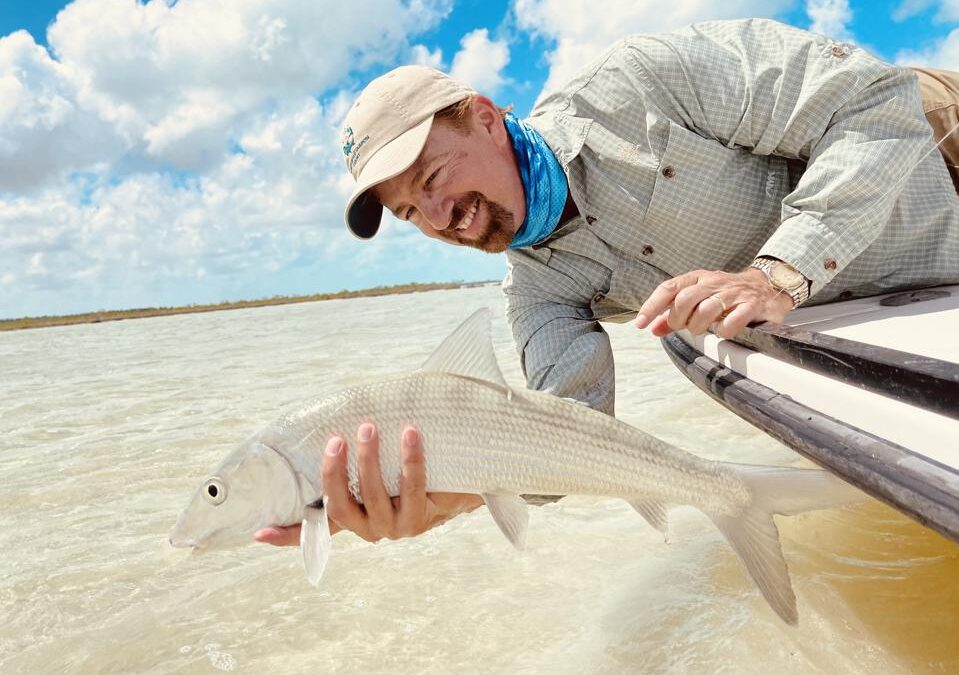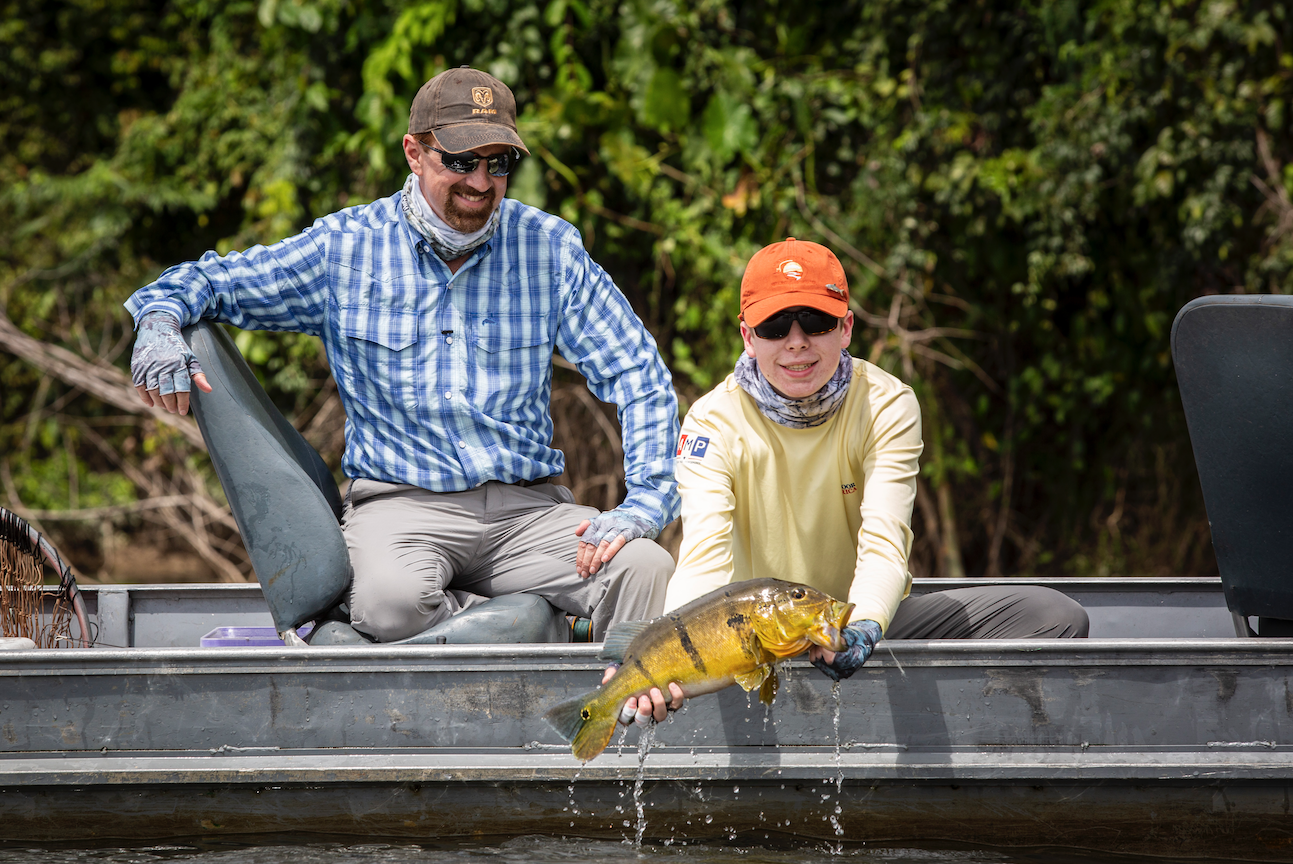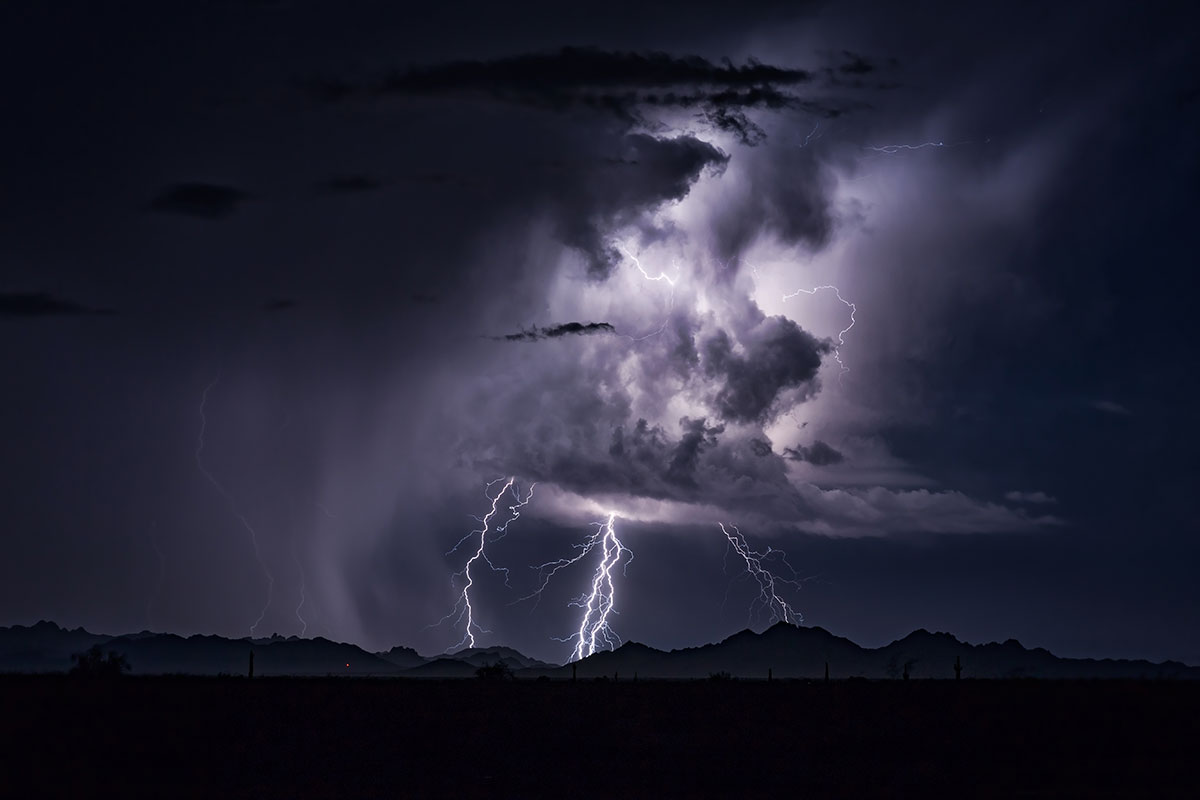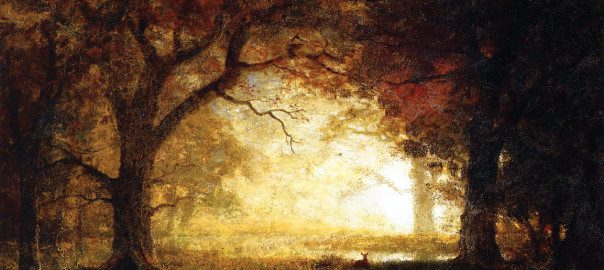The Bahamas are open for business. In his latest Forbes column, Chris Dorsey shares how angling tourism helps our neighbors.
As radical sabbaticals go, leaving a 30-year career in the finance world to build a bonefishing lodge in The Bahamas is more than a stretch—something akin to a business plan predicated on the results of a Vegas roulette wheel. That’s especially true when you don’t know anything about fishing. For Bahama-native Cheryl Bastian, a descendant of Seminole Indians and freed slaves, however, it was a matter of following the lure of the salt and contrasting it with the demands of a high-pressure existence.
“It was love at first sight,” she says, so she bought property in 2001 after visiting on holiday. It took seven years to complete the lodge thanks to the inherent challenges of a remote island build, but that served as testament to the tenacity of her vision. “I was ready for a change, and just look at my office now. I never get tired of this view.
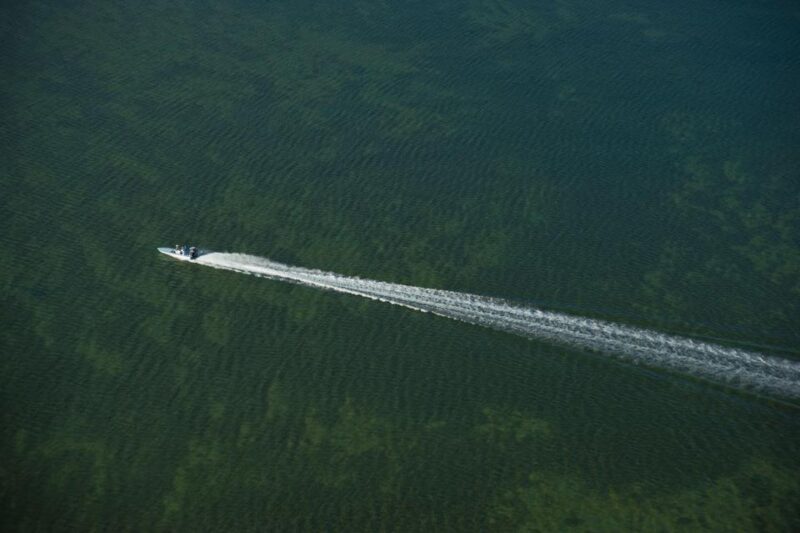
The shallow water flats that rim the islands of The Bahamas are home to some of the world’s best bonefishing. Andros, the largest island in the Bahamian archipelago, is sparsely populated and the adjacent saltwater flats receive only light angling pressure. DORSEY PICTURES
Her Swain’s Cay Lodge sits on an idyllic slice of shoreline near the Middle Bight of Andros Island close to the small community of Mangrove Cay, ground zero for some of the best bonefishing this side of Spirit Flats. In the world of fly fishing, bonefish are prized for their outsized fight and ability, when hooked, to exit a shallow water flat with seemingly supernatural speed. Unlike many forms of angling, bonefishing is about sight-casting, placing a fly precisely the right distance in front of a fish so as to not spook it but rather entice it to bite as if a fly is piscatorial manna from heaven. For fly-fishermen the world over, hooking a bonefish becomes habit forming, a kind of narcotic that keeps bringing anglers back to places like Swain’s.
Swain’s consists of several private cabanas along with a main dining room and bar as well as a few other buildings that house an office, spa and some additional guest bedrooms. Situated above a beach in what resembles a botanical garden makes it an especially inviting venue. Chef Pam Lundy is another main draw for Swain’s, for she revels in featuring myriad fresh catches—snapper, grouper, stone crab and, of course, conch—the signature Bahamian giant sea snail whose firm flesh is served any number of ways from ceviche to fried to fritters.
Idyllic island life can change from menu selection to basic survival in a hurry, however, when you live in Hurricane Alley. When Dorian made landfall in 2019, a Category Five monster that killed at least 84 with another 245 missing while causing more than $5 billion in damage, many parts of The Bahamas were forever changed. Scores of lodges and resorts on the Abacos and Grand Bahama were annihilated but, as fate would have it, Andros was largely spared.
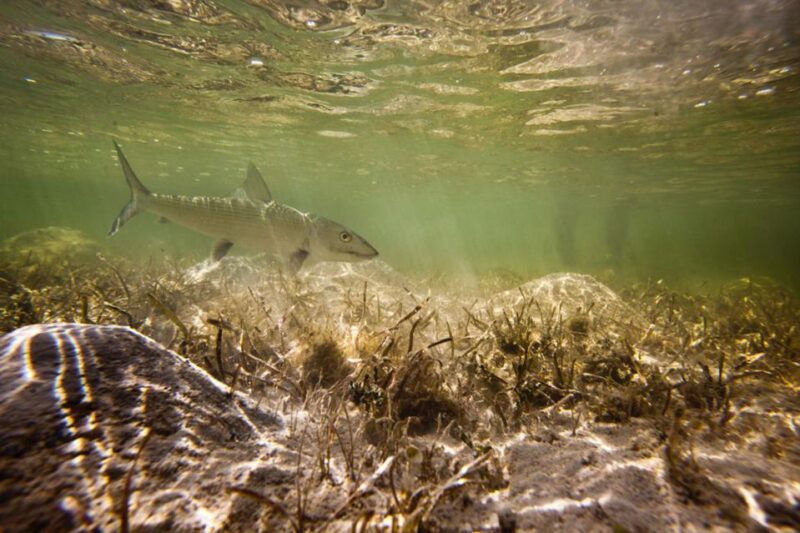
Thanks to research conducted by the South Florida based Bonefish & Tarpon Trust, the Bahamian government has been able to base its fisheries conservation practices on sound science, creating a sustainable future for both the nation’s people and its coastal ecosystem. MARCOS FURER, DORSEY PICTURES
Relief efforts to help those lodges impacted by the storm to rebuild and keep guides afloat until they were able to return to the flats spanned across the rest of The Bahamas and throughout the fly-fishing world. Scores of American fly anglers who cherish The Bahamas fishery—and who have built friendships over the years with lodge owners and guides—contributed mightily to relief funds.
Dorian’s impact, however, extended to the flats themselves. Thousands of acres of mangroves—key to supporting bonefish and myriad other species—were killed when the storm stalled over the region. Nearly three-quarters of Grand Bahama’s mangroves were either destroyed or damaged. The sprawling mangroves now appear as though they’ve been crop-dusted with herbicide, revealing the spidery corpses of the once lush plants that form the ecological ribbon where surf and turf meet.

Students, volunteers and bonefish guides–supported by the Bonefish & Tarpon Trust, The Bahamas National Trust and the MANG apparel brand–replant a mangrove forest on Grand Bahama Island that was destroyed by Hurricane Dorian. NICK ROBERTS
For South-Florida based Bonefish & Tarpon Trust, a conservation and oceanic research group significantly supported by anglers, the devastation was a call to action. They have been the tip of the spear in both rallying support for the devastated lodges and their staffs as well as helping launch a massive effort to replant a 100,000 mangroves to restore the flats. The endeavor also has been supported by The Bahamas National Trust, Friends of the Environment and the MANG apparel brand, whose “Buy One. Plant One.” initiative has further helped some of The Bahamas’ hardest hit mangroves get a boost toward recovery.
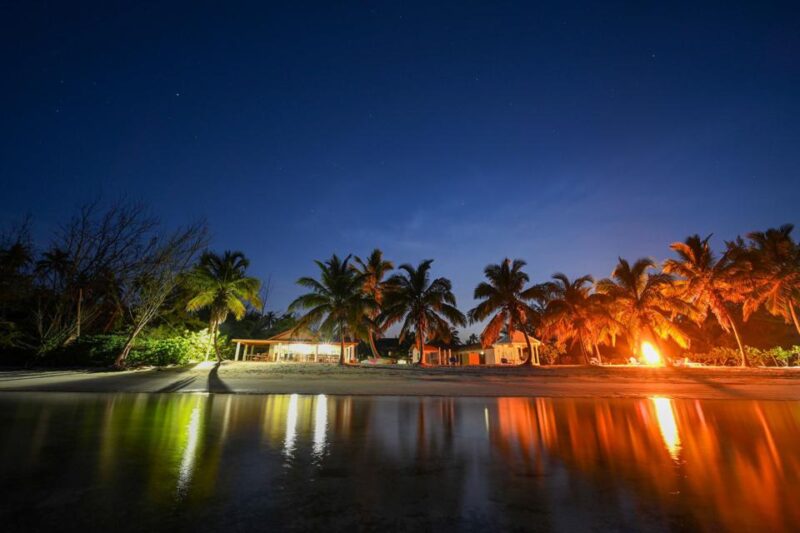
Swain’s Cay Lodge is an idyllic escape for anglers looking to experience the legendary angling found in the flats surrounding Andros Island. Visiting anglers contribute nearly $500 million dollars to the Bahamian economy each year. COURTESY OF SWAIN’S CAY LODGE
As if the storm wasn’t enough, the global pandemic hit on the heels of Dorian, sending the whole of the Bahamian tourism industry—including angling—into lock-down. Only recently have travel restrictions lifted and are anglers being allowed to return. For those who have made the trip, however, they’ve been rewarded with receptive bonefish, many of which seem as though they were stocked by the chamber of commerce.
“We are fielding a lot of questions from anglers as to whether the fishing is better after the pandemic since the flats have been rested?” says Ian Davis of Yellow Dog Fly Fishing Adventures, the Montana-based travel and booking agency that connects fly fishermen with the best lodges in the world. “The answer is no, the flats of Andros historically never experience pressure, which is why it’s known as the ‘Bonefish Capital of the World.’ The Swain’s Cay guides are excellent and always know where to find the fish.”
I took that as my cue to grab my son, Nate, and journey to Swain’s to confirm the rumors of epic fishing emanating from Andros. After a 40-minute boat ride with Patterson Bowleg, our Swain’s guide for the day, we arrive on the sparsely inhabited west side of Andros, the place seasoned anglers know holds both big fish and large numbers of them.
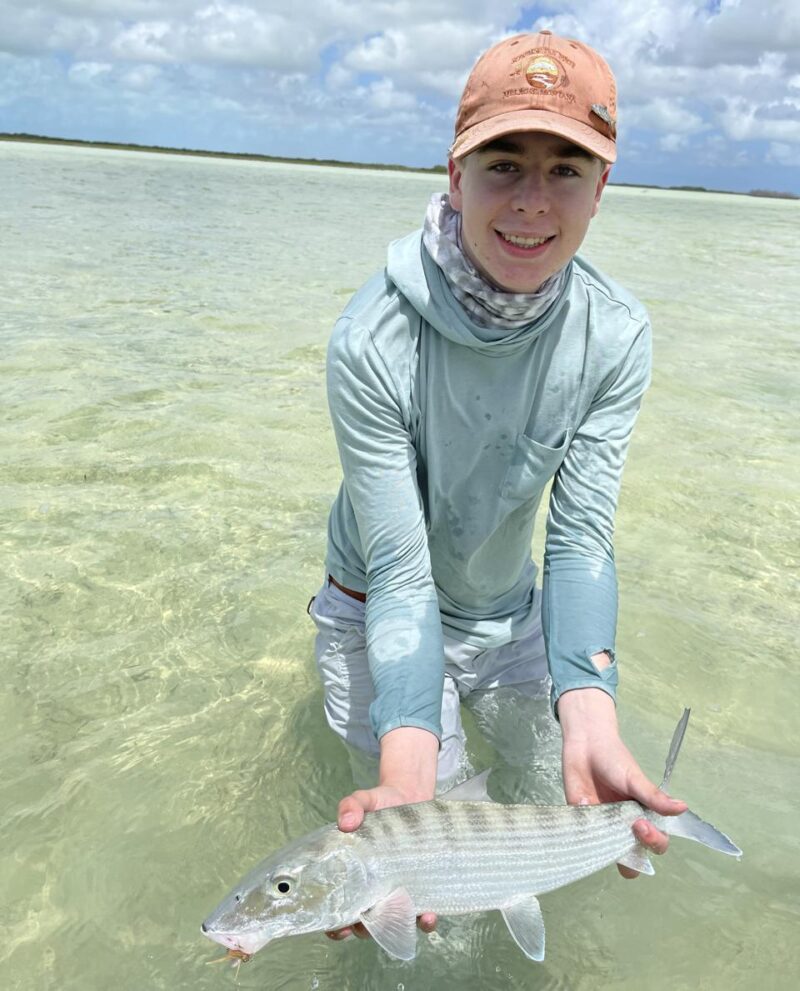
Nate Dorsey joins the ever-growing ranks of happy bonefish anglers visiting The Bahamas after more than a year-long hiatus. DORSEY PICTURES
It isn’t long before Patterson spies a school of a hundred or more bones in the distance, headed our way. “Why don’t you hop out and see if we can get a couple fish out of this school,” he suggests.
Soon, Nate and I are wading as we do our best synchronized casting rendition to deliver flies on opposite ends of the school simultaneously. True to reports, the fish are hungry and take both flies in an instant, torturing our reels and transforming them into makeshift musical instruments that hum and scream a flats angler’s favorite tune. The fish were both in the four-pound range, but they fight well-above their weight class, which is a significant part of the charm of bonefish.
Many more bones found our flies to their liking, reminding us of what the fishing world had been missing since Dorian and a pandemic put this fishery on hold. For Bastian, delivering such fishing dreams to anglers who visit from across the globe is just the kind of dividend she always wanted from her investment in Swain’s.
Now, there’s no looking back…only forward to a future of eager anglers and an abundance of hungry bones.
Note: This article originally appeared in Forbes. Follow Sporting Classics TV host Chris Dorsey at Forbes.
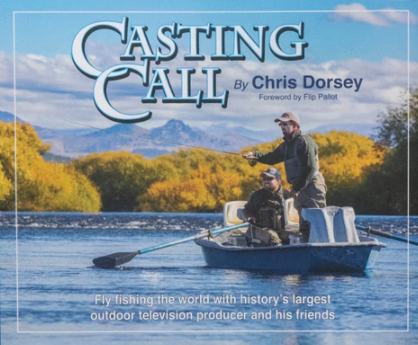 From one of the world’s most widely traveled fly fishermen and the largest producer of outdoor television in history comes the first of its kind celebration of the planet’s greatest fly angling. Chris Dorsey’s new book and film set, Casting Call, takes readers and viewers to epic fly waters from the American west to Alaska, across Canada, to the fabled flats of the Bahamas and Belize to the jungles, marshes and highlands of South America and many points in between. Shop Now
From one of the world’s most widely traveled fly fishermen and the largest producer of outdoor television in history comes the first of its kind celebration of the planet’s greatest fly angling. Chris Dorsey’s new book and film set, Casting Call, takes readers and viewers to epic fly waters from the American west to Alaska, across Canada, to the fabled flats of the Bahamas and Belize to the jungles, marshes and highlands of South America and many points in between. Shop Now

